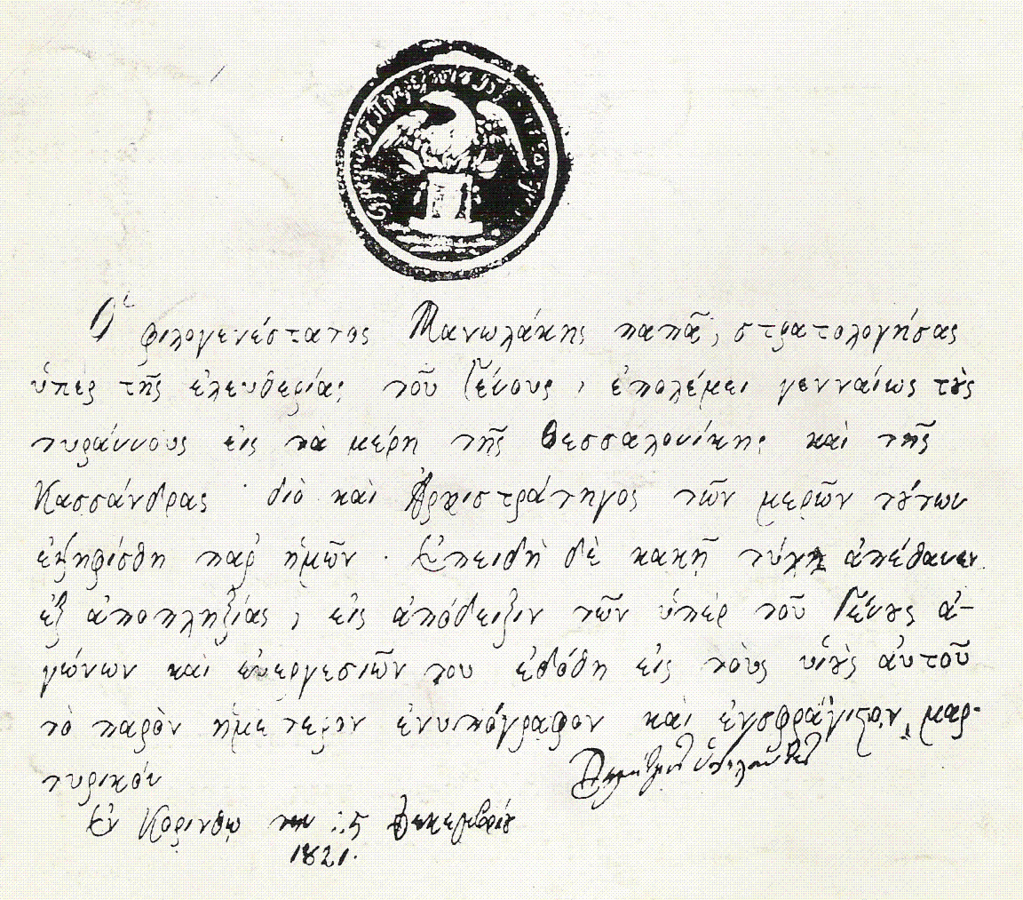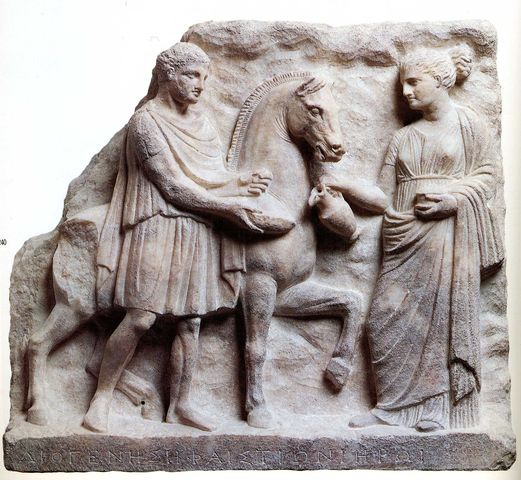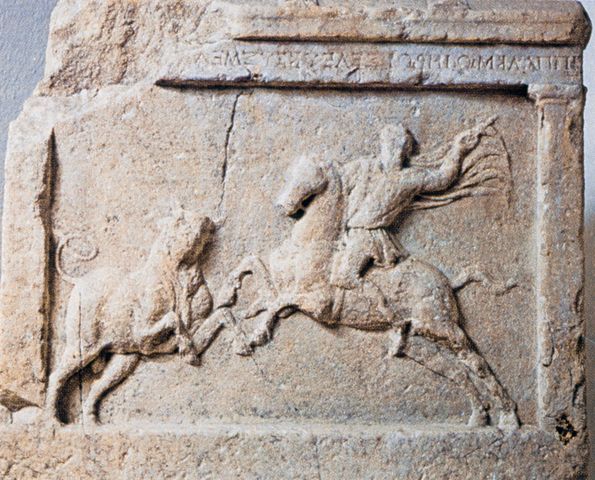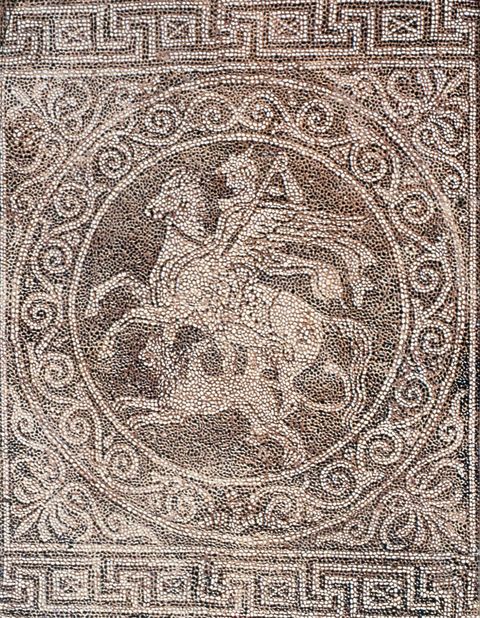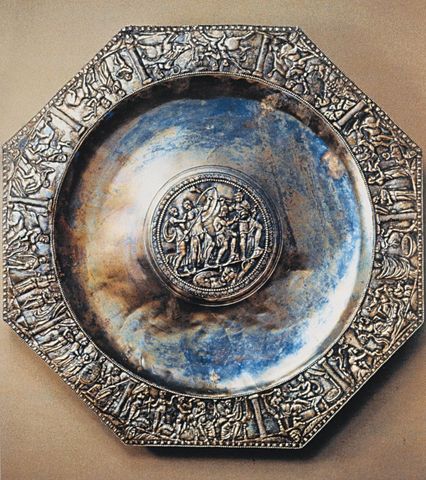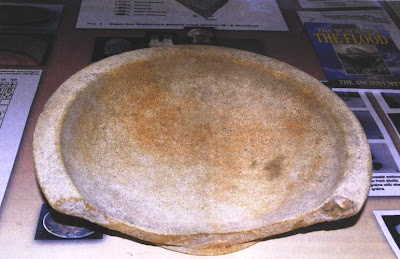@cool@
Η Μακεδονία δεν είναι Ελληνική
- Член од
- 2 јуни 2007
- Мислења
- 23.601
- Поени од реакции
- 27.109
Посетете го сајтов : http://classica.web-log.nl/classica/nieuws/index.html
Би сакал да го чујам мислењето на Анавено, се разбира и на сите останати , за :
Archaeologists from the Institute of Prehistory and Early History of the University of Vienna have found an amulet inscribed with a Jewish prayer in a Roman child’s grave dating back to the 3rd century CE at a burial ground in the Austrian town of Halbturn.

This amulet shows that people of Jewish faith lived in what is today Austria since the Roman Empire. Up to now, the earliest evidence of a Jewish presence within the borders of Austria has been letters from the 9th century CE. In the areas of the Roman province of Pannonia that are now part of Hungary, Croatia and Serbia, gravestones and small finds attest to Jewish inhabitants even in antiquity. Jews have been settling in all parts of the ancient world at the latest since the 3rd century BCE. Particularly following the second Jewish Revolt against the Roman Empire, the victorious Romans sold large numbers of Jews as slaves to all corners of the empire. This, coupled with voluntary migration, is how Jews also might have come to present-day Austria.
Greek script, Hebrew language
Greek is common with amulet inscriptions, although Latin and Hebrew and amulet inscriptions are known. In this case, the scribe's hand is definitely familiar with Greek. However, the inscription is Greek in appearance only, for the text itself is nothing other than a Greek transcription of the common Jewish prayer from the Old Testament (Deuteronomy, 6:4): "Hear, O Israel! The Lord is our God, the Lord is one."
The inscription on the amulet is a Jewish prayer:
ΣΥΜΑ ΙΣΤΡΑΗΛ ΑΔΩNΕ ΕΛΩΗ ΑΔΩN Α
Hear, O Israel! The Lord is our God, the Lord is one.
Целиот текст е на:
http://classica.web-log.nl/classica/2008/03/joods-amulet-in.html
.
Би сакал да го чујам мислењето на Анавено, се разбира и на сите останати , за :
Archaeologists from the Institute of Prehistory and Early History of the University of Vienna have found an amulet inscribed with a Jewish prayer in a Roman child’s grave dating back to the 3rd century CE at a burial ground in the Austrian town of Halbturn.

This amulet shows that people of Jewish faith lived in what is today Austria since the Roman Empire. Up to now, the earliest evidence of a Jewish presence within the borders of Austria has been letters from the 9th century CE. In the areas of the Roman province of Pannonia that are now part of Hungary, Croatia and Serbia, gravestones and small finds attest to Jewish inhabitants even in antiquity. Jews have been settling in all parts of the ancient world at the latest since the 3rd century BCE. Particularly following the second Jewish Revolt against the Roman Empire, the victorious Romans sold large numbers of Jews as slaves to all corners of the empire. This, coupled with voluntary migration, is how Jews also might have come to present-day Austria.
Greek script, Hebrew language
Greek is common with amulet inscriptions, although Latin and Hebrew and amulet inscriptions are known. In this case, the scribe's hand is definitely familiar with Greek. However, the inscription is Greek in appearance only, for the text itself is nothing other than a Greek transcription of the common Jewish prayer from the Old Testament (Deuteronomy, 6:4): "Hear, O Israel! The Lord is our God, the Lord is one."
The inscription on the amulet is a Jewish prayer:
ΣΥΜΑ ΙΣΤΡΑΗΛ ΑΔΩNΕ ΕΛΩΗ ΑΔΩN Α
Hear, O Israel! The Lord is our God, the Lord is one.
Целиот текст е на:
http://classica.web-log.nl/classica/2008/03/joods-amulet-in.html
.






